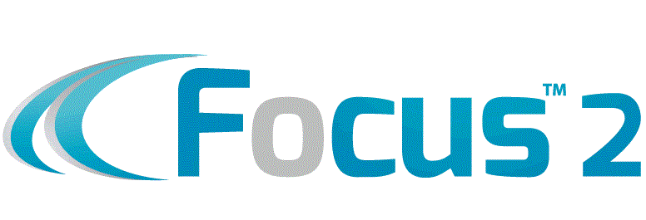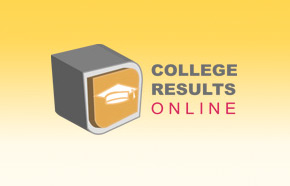Obama’s new rules for private student loans
Are the new rules for Private Student Loans going to cause more confusion, frustration and chaos? As the Obama administration pushes forward on the “Change” agenda, some are wondering if it will be a positive or negative change.
New rules put in place last week for private student loans stem from the Higher Education Act. They have been hailed as good for student borrowers and were largely uncontroversial among lenders. Financial Aid officers and some higher education experts say the changes do not go far enough.
The disclosure rules require lenders to provide information about interest rates, fees, and terms, including the total cost of the loan at the maximum interest rate, when potential borrowers apply.
Lenders must tell applicants about repayment options and the total cost of each scenario. A sample form put together by the Federal Reserve shows that someone who is considering borrowing $10,000 at a maximum initial interest rate of 17.375 percent, for example, would be told that his or her loan would cost a total of $81,084 if payments are deferred while the person is enrolled, $50,707 if the borrower pays interest while enrolled, and $38,180 if the borrower makes payments on both principal and interest while enrolled. * This is why it is so important to understand and maximize all potential financial aid strategies so that your child is not burdened with an exorbitant amount of debt upon graduation.
Lenders also must inform applicants about federal student-loan options, which are often cheaper than private loans, and must refer them to the Department of Education’s web site for more information.
Upon applicant approval of a private loan, the lender must provide information on rates and fees, including estimates of the total repayment amount at the current and maximum interest rates, as well as the monthly payment at the maximum interest rate.
Private student loans carry risks and costs that fixed-rate federal student loans do not. Interest on private student loans can be variable, sometimes reaching 20 percent. The borrowing limits on private loans are also much higher than those on Stafford (Federal student loans). Due to Stafford loans not covering all the expenses college students require, students and parents have turned to private funding to cover the difference.
As college has grown more expensive, more students have turned to private lenders. Almost two-thirds of students who took out private loans had not exhausted cheaper federal financial-aid options. The new rules seek to reduce that proportion by requiring applicants for private loans to fill out a form indicating their knowledge of their college’s cost and other available forms of federal student aid.
Students and their families forgo available federal loans for various reasons. Some people do not fill out the Free Application for Federal Student Aid, a form required for eligibility to receive federal grants or loans. Some students and their parents may wrongly assume they would not qualify for federal aid. Others may be intimidated by the form, which has been criticized for its complexity and length, drawbacks that federal officials have been working to improve.
J.D. says: “Despite what changes the new regime makes, knowing all the numbers for your child’s college education is critical so that parents aren’t guessing and have an understanding of the process so that they can make an intelligent, educated decision. These are the things that parents and students learn in our free workshops.”





